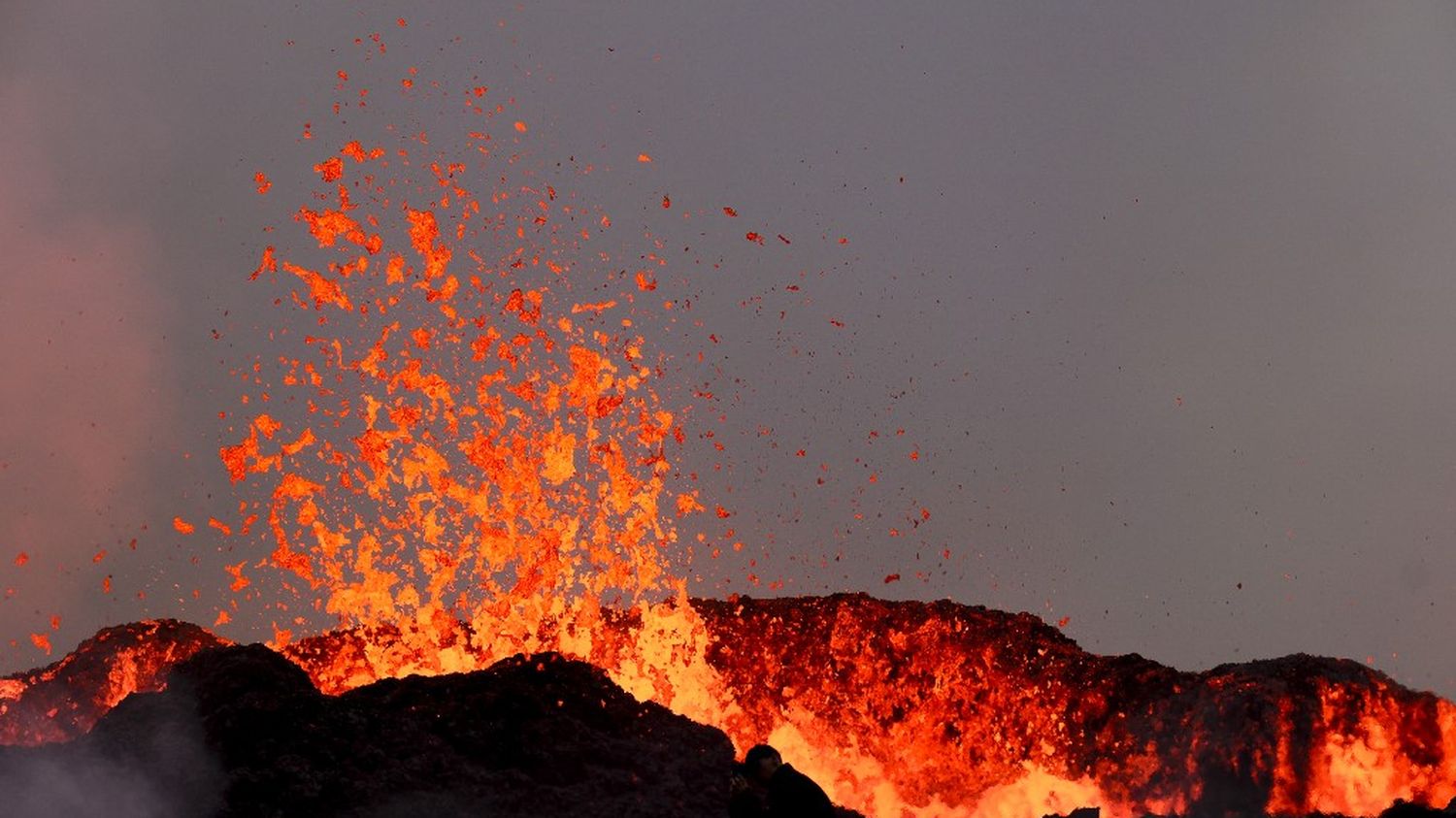The movement of magma under the earth’s mantle or the numerous seismic tremors are all signs that worry the authorities. As a precautionary measure, the town of Grindavik, in southwest Iceland, was evacuated on Sunday.
Published
Update
Reading time :
2 min

On Monday, November 13, experts are warning of a risk of volcanic eruption in the coming hours or days. The movement of magma at a depth of three to five kilometers under the Earth’s mantle has put the authorities on alert. This phenomenon has caused numerous earthquakes, with no less than 23,000 tremors recorded since October 25, around twenty per hour on Sunday alone. Areas of cracks, with landslides, appeared near the town of Grindavik, which has 4,000 inhabitants and which had to be evacuated over the weekend.
>> See molten lava up close in complete safety, an indoor show to discover in Iceland
Iceland is a volcanic island located on the Mid-Atlantic Ridge, it is the fault that separates the Eurasian and North American tectonic plates. This geographical location explains the local volcanic activity in this peninsula in the southwest of the country for three years. In 2021, lava fountains have already erupted spectacularly but harmlessly for six months, then there were further eruptions in August 2022, last July. In the present case the volume and speed of movement of the magma are currently much higher than what has been measured so far in the region.
The fear of an eruption
Authorities have identified a particularly sensitive 15-kilometer-long fault on which an eruption could occur. It is impossible to know whether lava will actually erupt, “nor especially where because in this kind of situation”, underlines Yann Klinger of the Institute of Globe Physics in Paris,“magma can take advantage of any point of weakness in the crack to escape from the earth”. Obviously the fear is a terrestrial eruption near inhabited areas, but an underwater eruption also presents a risk. An immense cloud of water vapor and ash would form. Everyone remembers that in April 2010, the massive eruption of another Icelandic volcano, in the Eyjafjallajökull area, led to the cancellation of 100,000 flights at various European airports.
